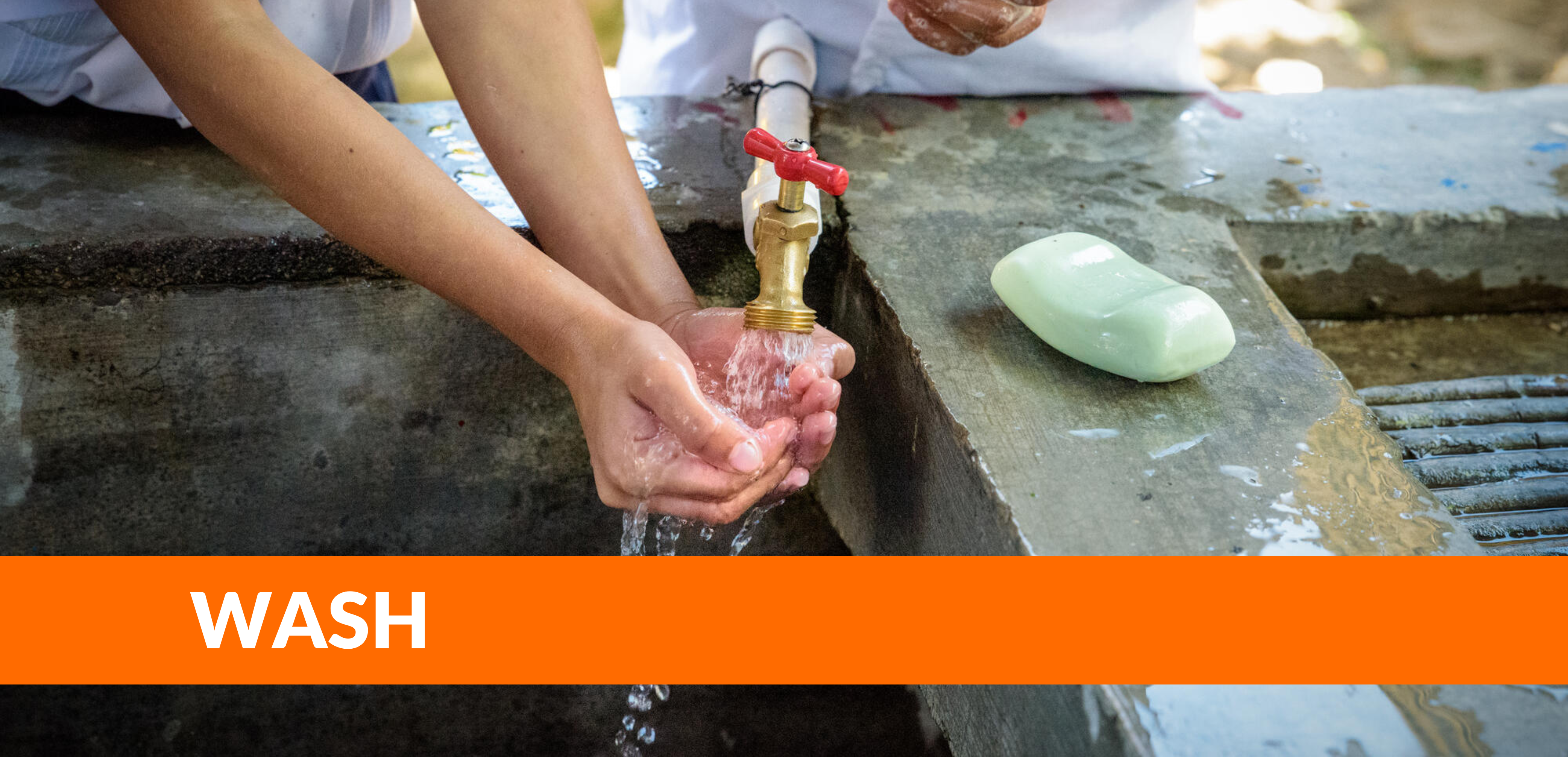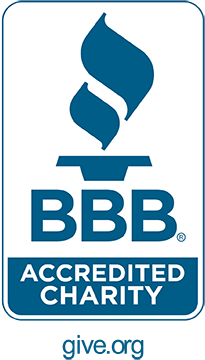Abstract: Water, sanitation, and hygiene (WASH) interventions frequently assume that students who learn positive WASH behaviors will disseminate this information to their families. This is most prominent in school-based programs, which rely on students to act as “agents of change” to translate impact from school to home. However, there is little evidence to support or contradict this assumption.
We conducted a quasi-experimental, prospective cohort study in 12 schools in rural, southern Zambia to measure the impact of WASH UP!, a school-based WASH program designed by the creators of Sesame Street. WASH UP! is an educational program that uses stories and interactive games to teach students in grades 1–4 about healthy behaviors, such as washing hands and using the latrine. We completed in-person interviews with grade 1 and 4 students (N = 392 and 369, respectively), their teachers (N = 24) and caregivers (N = 729) using structured surveys containing both open- and closed-ended questions. We measured changes in knowledge and whether students reported sharing WASH-related messages learned in school with their caregivers at home.
Student knowledge increased significantly, but primarily among students in grade 1. Overall rates of students reporting that they shared messages from the curriculum with their caregivers rose from 7 to 23% (p < 0.001). Students in grade 4 were 5.2 times as likely as those in grade 1 to report sharing a WASH-related message with their caregivers (ARR = 5.2, 95% C.I. = (2.3, 8.9); p < 0.001).
Although we measured only modest levels of student dissemination of WASH UP! messages from the school to the home, students in grade 4 showed significantly more promise as agents of change than those in grade 1. Future work should prioritize developing curricula that reflect the variability in needs, capabilities and support in the home and community among primary school students rather than a single approach for a wide range of ages and contexts.
Article from:
BMC Public Health
Published: 08 October 2021, Volume 21, Article number: 1812 (2021)





